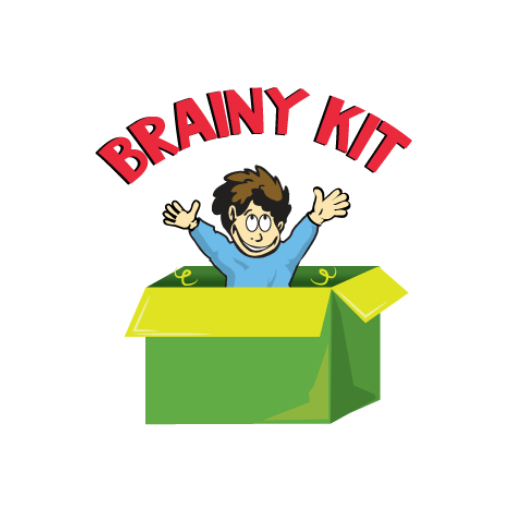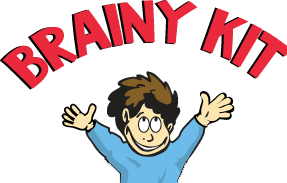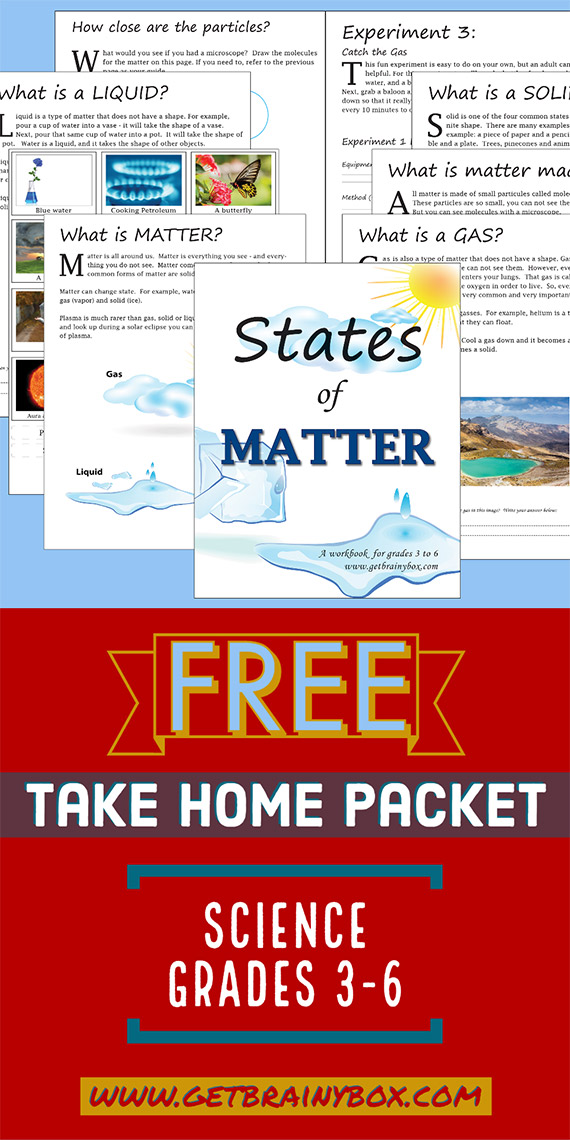Discover the wonderful world of amphibians and reptiles with this Montessori style learning kit. If you’ve ever wondered: “Are turtles amphibians or reptiles?” then this homeschool kit is for you. Study turtle anatomy, read all about snakes, and uncover the wonderful world of frogs. And finally answer that age-old question: reptile or amphibian?
Amphibians and Reptiles is a downloadable PDF file, and features:
- 7 lesson plans (for a sample lesson plan scroll to the bottom)
- 35 3-part cards
- 15 chart
- Labels
- Additional printable supplementary materials
The file does not contain the wooden puzzle, the book or the toys. However, you can purchase all items separately if you wish or utilize the items already in your home. Please note, this page may contain affiliate links.
Materials not included in the file can be replaced with similar items you already own or purchased here:
- National Geographic Reader Snakes Book
- Montessori Turtle Puzzle
- Safari Ltd. Frogs and Turtles Figurines
- Sensory Water Beads
- Giant turtle-shaped sticker
- Sculpey Clay
If you enjoyed reptile or amphibian you might enjoy:
After you purchase, do not close the window – you will be able to download right after checkout. If you have any trouble, please contact us.
Suggested price: $9.95
Suggested price: $9.95
Amphibians and Reptiles Kit – Lesson 1 of 7
Amphibians and Reptiles, materials needed:
- Water beads (These need to be soaked for 6-8 hours prior to use).
- Water basin – or some large bowl or container to create a sensory bin
- Frog and turtle plastic figurines
- Number cards 1-12
- Picture cards of the frog and turtle
- Frogs or Turtle sorting mat
- Poster for the letters F and T
- Writing implement (crayon, marker, whiteboard marker or pencil)
- Cloth (optional)
Purpose: Primary: to teach classification with a focus on reptiles and amphibians. Secondary: to practice counting from 1-12, first sounds /f/ and /t/ and letter formation for F and T.
Preparation: Soak the water beads for 6-8 hours prior to the lesson. Create a sensory bin by hiding the turtles and frogs in the water beads without your child seeing.
Suggested Time: 25 minutes

- Invite your child to work with you.
- Say, “Let’s put these numbers in order.”
- Help your child sequence the number cards 1-12. Leave these set out in order.
- Continue, “Hidden in this container are 12 things that will help you figure out what we will be learning about next.”
- Encourage your child to dig into the sensory bin and remove the items placing them next to the number cards.
- Once all 12 animals are found, you may want to have your child count them again.
- Then ask, “What did you discover?” Help your child with any observations. If she immediately names frogs and turtles. You can follow up with questions to help spot differences (shells, no tails, bulging eyes) and similarities (they’re all animals, they spend time in water and land, they have four legs and two eyes).
- Continue, “You noticed that some of the animals are frogs and some are turtles. Let’s sort them on this mat.”
- Invite your child to sort the animals into 2 groups onto the Turtles versus Frogs mat.
- Encourage mathematical discussions such as how many there are of each and comparing those amounts.
- Now say to your child, “Listen to the word “frog.” What is the first sound you hear in frog? /f/. That sound /f/ is made by the letter F.
- Show the F poster. “See, F is for frog. Can you think of other things that start with the sound /f/?” Do a search around the house.
- Say, “Now we are going to practice writing the letter f. This is called an uppercase or capital F.”
- Go through the order of the strokes and have your child do the same with a finger first. You may want to have your child “sky write” the letter using her whole arm to write it in the air. Next have your child practice on the table or in shaving cream.
- Once your child has done some practice, then give a writing implement. Encourage “best writing position”:
- Sitting tall with feet flat and the chair pulled in.
- Holding the pencil with a 3-point grip and
- Using a helping hand to steady the paper.
- Repeat the above steps for the letter T.
- End with “Over the next few days we are going to learn more about frogs and turtles as well as some other animals that are related to them.”
Differentiation Activities:
- Have your child make her own sensory pond scene using the animals, water beads, a few rocks and sticks and/or aquarium plants. Plastic eggs – like those sold for Easter- can be used as scooping tools and environmental features. Encourage imaginative play. Foam or styrofoam trays can be cut into lily pads that float.
- Read and discuss stories about frogs or turtles such as “The Tortoise and the Hare.”
- Listen to the Raffi song “Five Little Frogs.”
- Do some pond math using the figurines. Examples could include simple addition and subtraction such as 2 turtles were on a rock and one more climbed up on the rock. How many turtles are there now? A more challenging type of problem could be like: If there are 6 frogs, then how many eyes are there in all? Or how many legs are there? For even more advanced problems, you can use beans and call them “flies.” Create division problems like this: There were 3 frogs that decided to share 9 flies equally. How many would each get to eat. Have your child give out one “fly” at a time to each frog to find the answer.

Like this post about Reptiles or Amphibians? Pin it!









